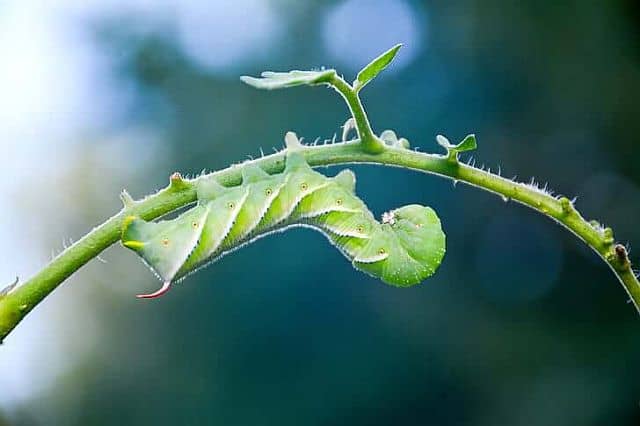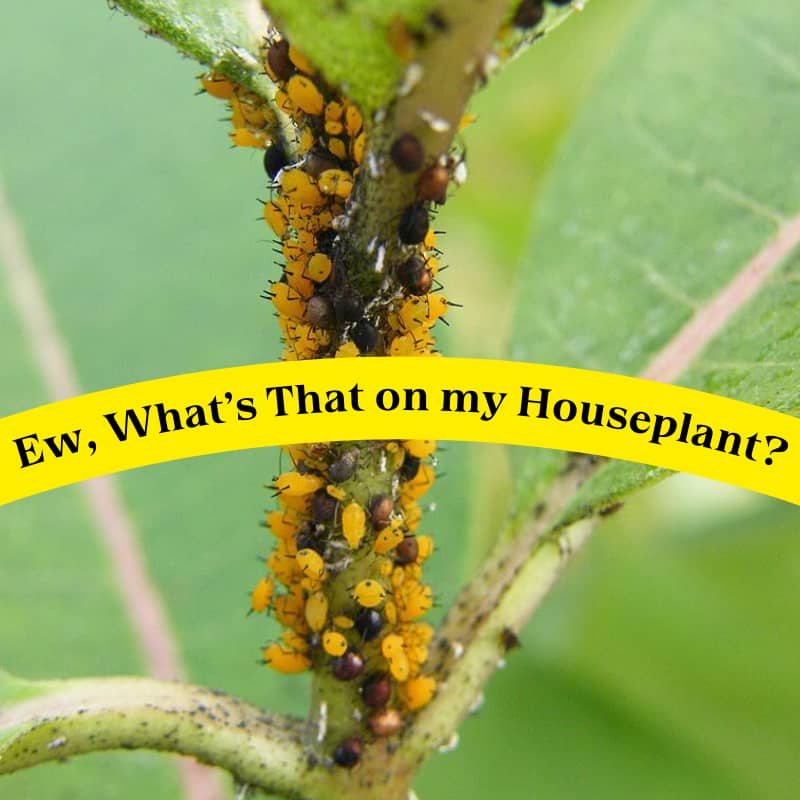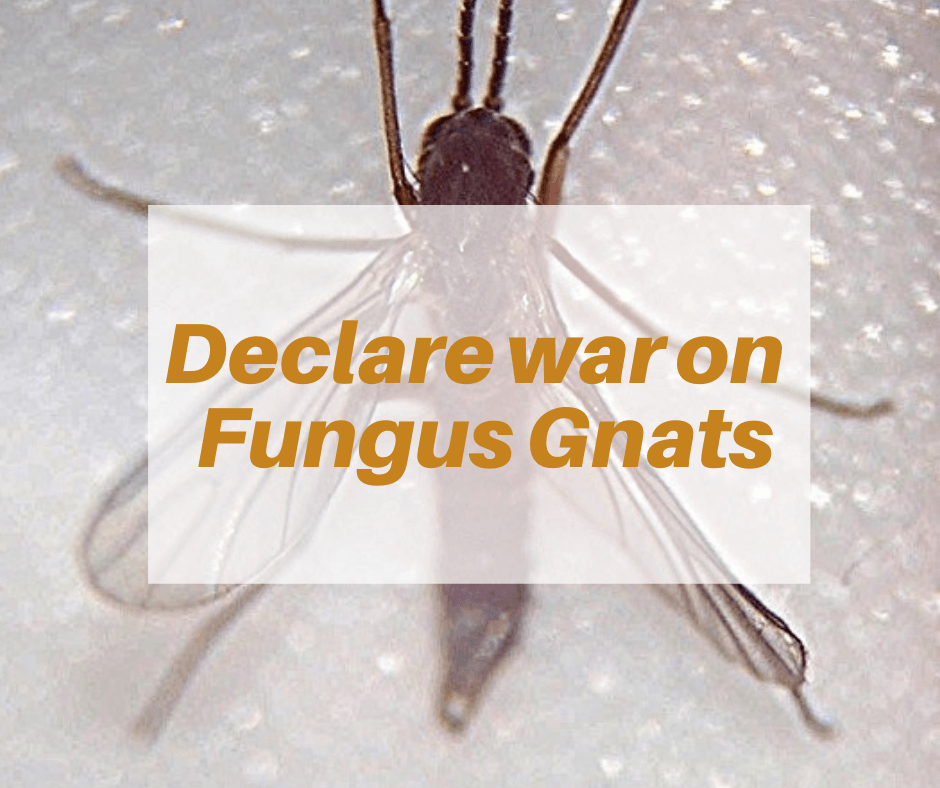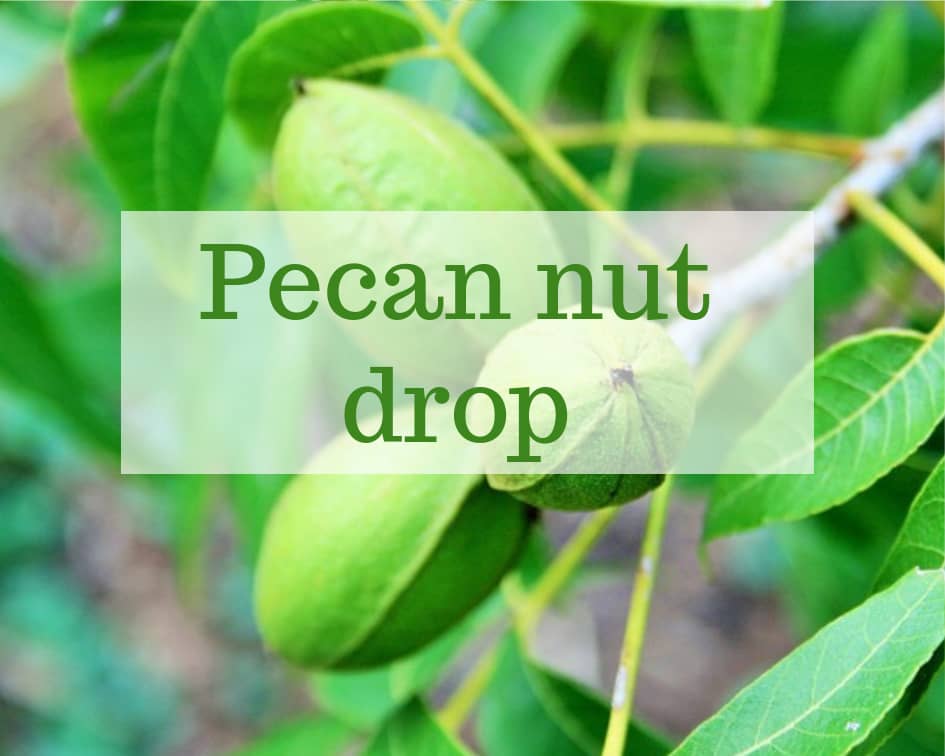This post may contain affiliate links. As an Amazon Associate we earn from qualifying purchases.
Have you tried Bacillus for your garden woes? Biological pesticides and disease control solutions are becoming more common in the home garden, thank goodness!
When it comes to nurturing a healthy garden, nature offers some brilliant solutions to keep pests and diseases at bay. One of the most effective and eco-friendly methods is using Bacillus, a bacterium.
Although Bacillus pest solutions have been around for some time, most home gardeners are just now becoming acquainted with them. Unfortunately, the whole story is getting lost in translation.
Yes these bacteria are your microscopic garden guardians against pests, but they also provide other benefits very seldom addressed.
Let’s dive into the different Bacillus species you can introduce to your garden and discover which pests or diseases they can help you manage and the additional benefits you may not have heard about.

What is Bacillus?
Bacillus is a genus of bacteria that is found in various environments such as soil, water, and even in the human gut. It has 300 named species.
These bacteria are rod-shaped and can form spores, which makes them incredibly resilient and able to survive in harsh conditions.
The beneficial bacteria work by producing toxins or antibiotics that target harmful insects and pathogens, while being safe for plants, humans, and beneficial insects.
Some species and sub-species are also incredibly adept at colonizing plant roots “… and, with help from the like-minded rhizobacteria, increase nutrient availability to plants through nitrogen fixation, phosphate solubilization, iron acquisition through siderophore production, and phytohormone production,” according to the geniuses at Hygrozyme.com.
Killing the nasties and promoting growth? Who can say no to that?
First, a warning
When trying to find a solution for a particular pest, many casual and even not-so-casual gardeners will blurt out “Bt!”
What they fail to understand is that the various Bacillus species and sub-species are insect- or disease-specific.
For instance, Bt, which stands for Bacillus thuringiensis, targets caterpillars and other creepies, which we’ll get into in a moment.
It has no effect on fungal pathogens or at controlling leaf blight or root rot. Other species and sub-species within the genus, however, do.
So, when trying to decide which product to buy, refer back to this blog post and you can’t go wrong.
 Bacillus thuringiensis (Bt)
Bacillus thuringiensis (Bt)
Targeted pests: Caterpillars (larvae), mosquito larvae, black flies, moths, nematodes and beetles
Bacillus thuringiensis, commonly known as Bt, is perhaps the most famous of the Bacillus species used in gardens. This bacterium produces toxins that specifically target certain insect pests without harming beneficial insects, pets, or humans.
While it won’t control downy mildew, it does a heck of a job on tomato hornworms.
Bt has various sub-species (commonly but mistakenly known as “varieties”):
- Bacillus thuringiensis subsp. kurstaki (also known as Btk): Btk is highly effective against caterpillars, such as those of moths and butterflies. Gardeners use it to control pests like cabbage loopers, tomato hornworms, and gypsy moth larvae.
- Bacillus thuringiensis subsp. israelensis (Bti): If mosquitoes are a problem in your area, Bti is your go-to. It specifically targets mosquito larvae, as well as black fly larvae. Best of all, it wipes out fungus gnat larvae!
- Bacillus thuringiensis subsp. azawai (Bta): This subspecies works wonders against corn earworms.
Products that contain Bt:
- Monterey Bt: Contains the kurstaki subspecies, Btk). It’s a popular choice for controlling caterpillars and worms.
- Mosquito Dunks or Bits: These contain Bti and are perfect for keeping mosquito populations down in standing water and getting rid of those pesky fungus gnats.
- ZenTari Bt DF: Contains the bio control bacterium Bta.

Bacillus subtilis
Disease Control: Fungal and bacterial diseases
Bacillus subtilis is another versatile Bacillus species, renowned for its ability to combat various plant diseases. This bacterium works by colonizing plant roots and leaves, forming a protective barrier against harmful pathogens.
It also produces antibiotics that inhibit the growth of disease-causing organisms. This colonization benefits both the bacteria and the plant. The plant benefits by growth-promoting substances from the bacteria.
Target Diseases: Powdery mildew, gray mold (botrytis), damping-off (caused by various fungi), and bacterial leaf spot.
Products that contain Bacillus subtilis:

Bacillus amyloliquefaciens
Disease Control: Broad-spectrum fungal diseases
Bacillus amyloliquefaciens is rapidly gaining fans in the gardening world. It’s a robust species that provides excellent protection against a variety of fungal diseases. It works by outcompeting harmful fungi and producing substances that suppress fungal growth.
Target Diseases: Root rot, leaf blight, fusarium wilt, and downy mildew.
Products that contain Bacillus amyloliquefaciens:
 Bacillus pumilus
Bacillus pumilus
Disease Control: Root and leaf diseases
Bacillus pumilus is particularly effective at preventing root and leaf diseases, specifically the fungal pathogens rhizoctonia and fusarium. This bacterium also stimulates plant growth and helps boost the plant’s natural defense mechanisms.
Target Diseases: Root rot, leaf spot, and damping-off.
Products to Try:
- Arber Soil & Root Food (One of our favorite companies!)
- Plant Thrive Beneficial Soil Additive (contains, among other ingredients, 10 sub-species of Bacillus). Arbico Organics calls Plant Thrive “1 Terrific Product.”

Bacillus laterosporus
Pest Control: Insect larvae
Bacillus laterosporus is less commonly discussed but is gaining attention for its ability to control mosquito larvae. This species produces toxins that are lethal to the larvae but harmless to plants, humans, and beneficial insects.
Target Pests: Best for mosquito larvae
Products containing Bacillus laterosporus:
TPS Nutrients Billions This powerhouse product contains five Bacillus species, including B. laterosporus. It also contains numerous mycorrhizal fungi.
How to Use Bacillus Products in Your Garden
Using Bacillus-based products in your garden is straightforward. Here are some general tips to get you started:
Read the Label: Each product will have specific instructions for application rates and timing. Follow these carefully to ensure effectiveness.
Apply at the Right Time: For pest control, apply Bacillus products when you first notice pests or at the early stages of their life cycle. For disease control, preventive applications are often best.
Reapply as Needed: Bacillus products are living organisms that may need to be reapplied, especially after heavy rain or watering.
Combine with Other Practices: Bacillus works best when used as part of an integrated pest management (IPM) strategy. Combine it with good gardening practices like crop rotation, proper spacing, and using resistant plant varieties.
Harnessing the power of Bacillus species in your garden is a smart, eco-friendly way to keep pests and diseases under control. With options to target specific problems, you can choose the right Bacillus species and subspecies for your needs and enjoy a healthier, more productive garden.
Featured image: “Bacillus subtilis stained with Nile Red” by EditorInTheRye, CC BY-SA 3.0, via Wikimedia Commons





